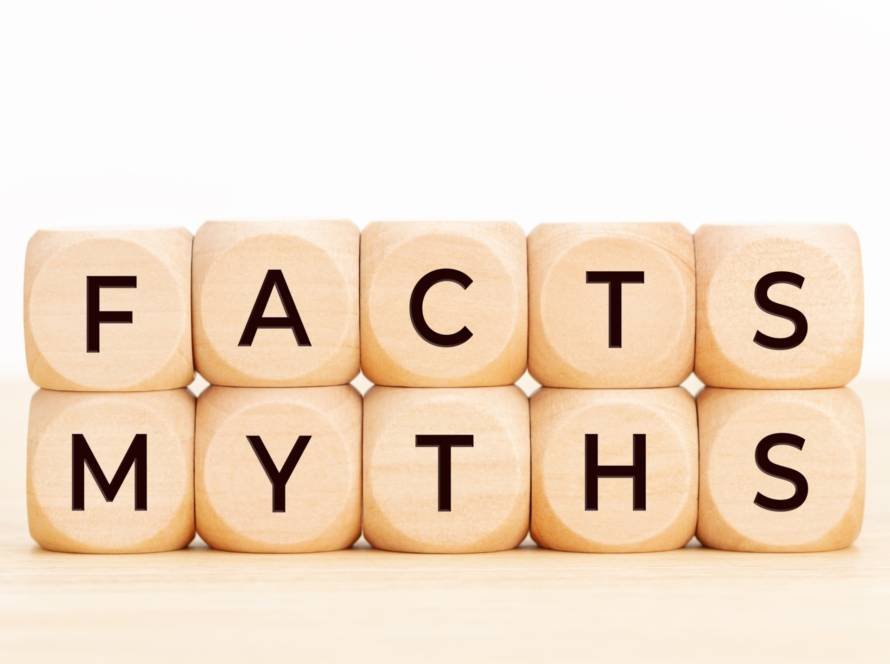The pandemic has caused hardships in the lives of many and altered how the market previously worked. The needs of yesterday are no longer the needs of today. Demands have fluctuated leaving the market researchers guessing what the market actually wants.
While the pandemic is one reason, the irrational ways of humans are another that stands as a barrier to market research. Humans don’t always make the choices you’d expect them to make. These make it harder to predict what they’d want in the future.
Here are a few tips to forecast market needs during the uncertainties of the pandemic.
Determine the nature of consumers
It is important to determine how consumers are behaving in a situation of uncertainty like the pandemic. Whether consumers are hoarding or consuming, these are important factors in deciding what brands should do next. During the pandemic, four kinds of consumer trends have emerged.
- Fearful stocking up and consumption – where consumers stock up and increase consumption pre and post-crisis due to fear of shortage.
- Stocking up without consumption – where consumers purchase a lot due to fear of shortage but do not use up enough, resulting in lower demand post-crisis.
- Situational increase in consumption – A shift often causes a consumer to consume more of something. Say, work-from-home has increased the consumption of beverages and snacks.
- Situational decrease in consumption – A crisis situation may result in consumers buying only the essentials, thus resulting in lower demand for everything else.
Observe the change in channels
Crisis often leads to a change in the channels where the purchase takes place. During the pandemic, the market made a huge shift from convenience stores and grocery marts to e-commerce websites. It is imperative to know where your consumers are to target them well.
See how the products switch: Crisis situations result in consumers switching their preferences and making future purchases based on the new one. Companies must be able to brand themselves well to be taken into consideration by the maximum number of consumers.
Keep a track of ads
A major indicator of success is how much return your advertising is generating on investment. Despite higher television consumption and time spent on social media, excessive advertising results in lower consumer confidence.
Major events like sports tournaments that serve as a platform for advertising have also been postponed or canceled. At this juncture, a company would have to find out how much advertising is enough to lure customers in but not annoy them.
Check spending capacity
Lay off, pay-cuts have caused an economic strain that has greatly reduced consumers’ spending capacity. Consumers are mostly purchasing essentials. Brands must be able to fulfill a ‘need’ to be considered for purchase.
The five things kept in mind will allow more clarity in the forecast and also a better analysis of it. Good research ensures focused and good targeting and higher returns on investment.




